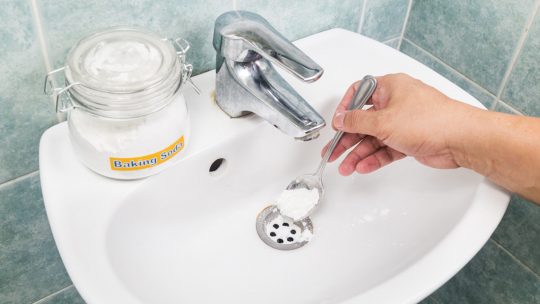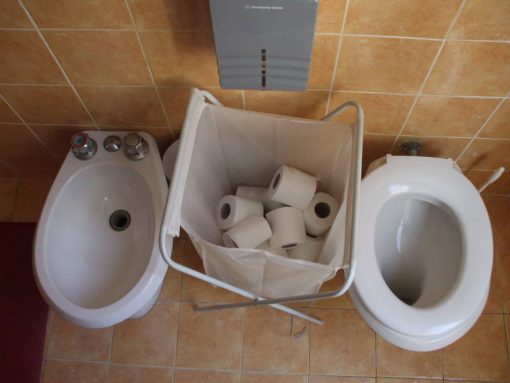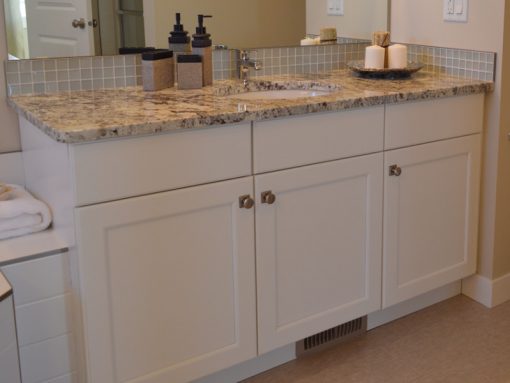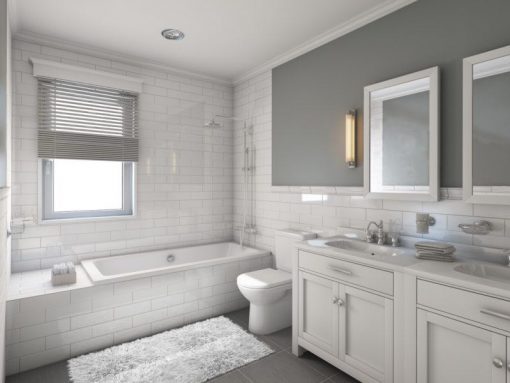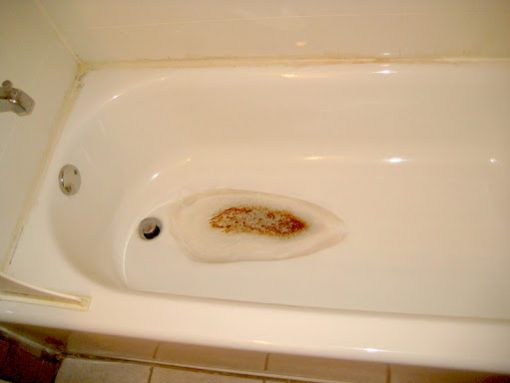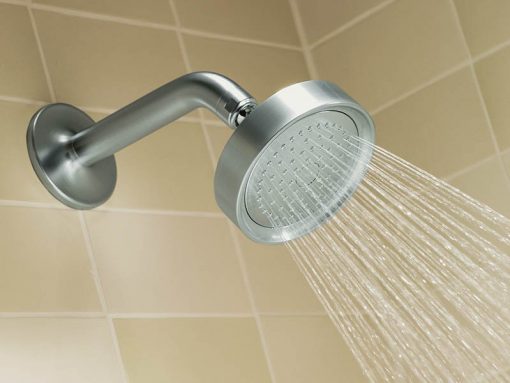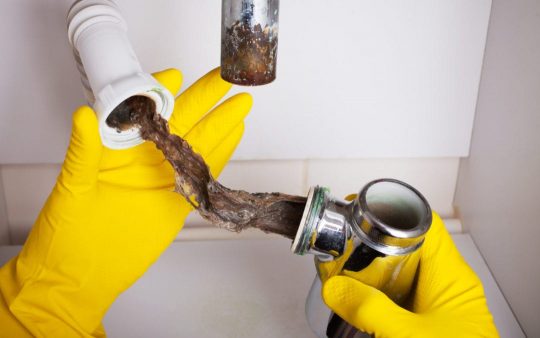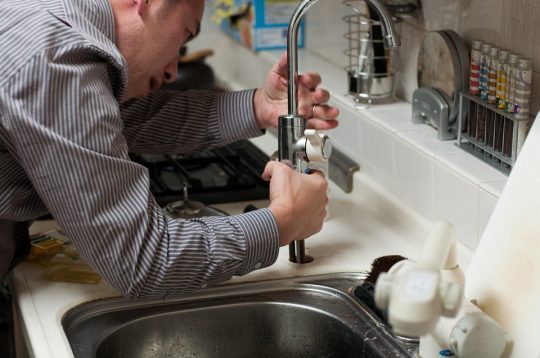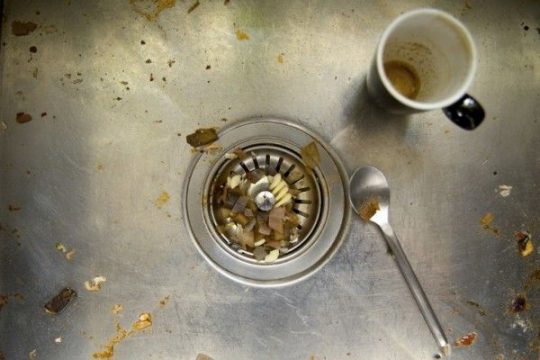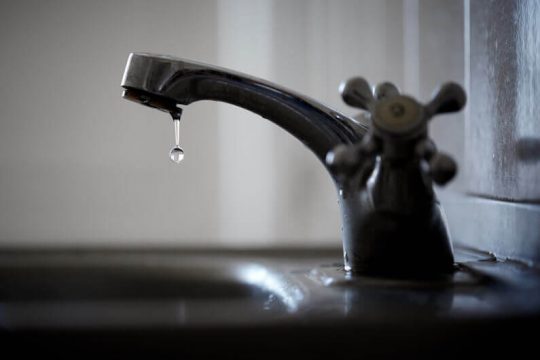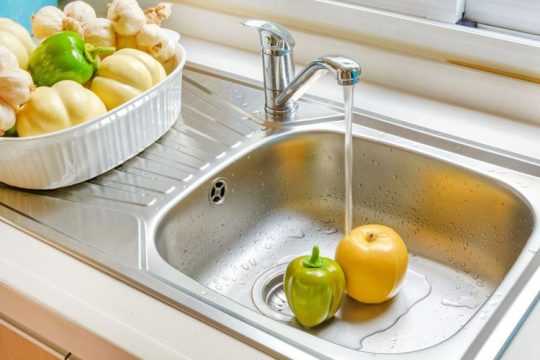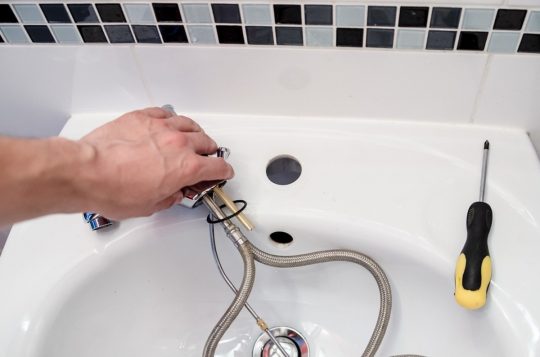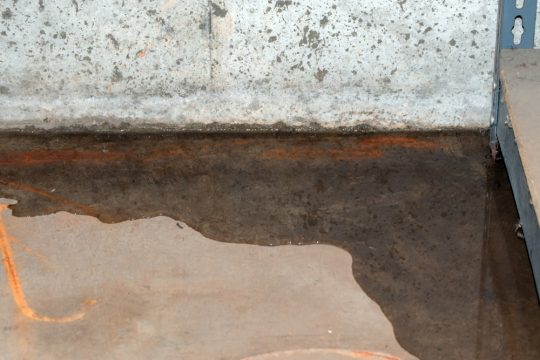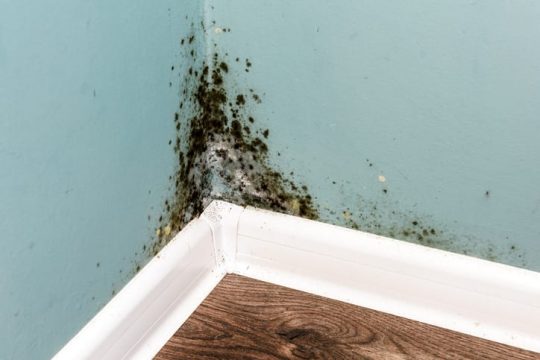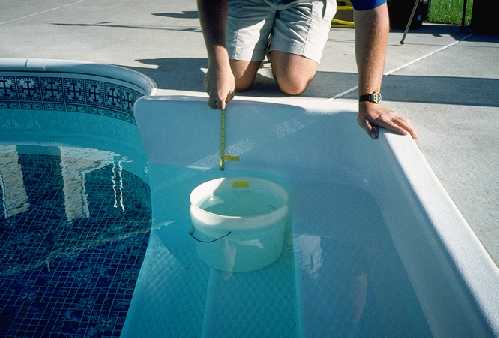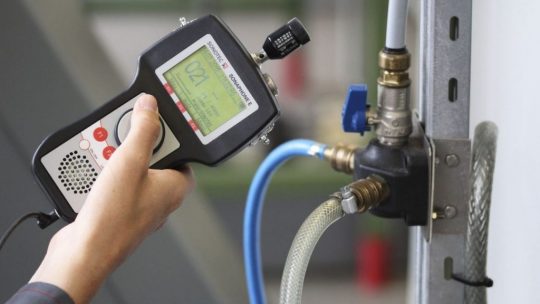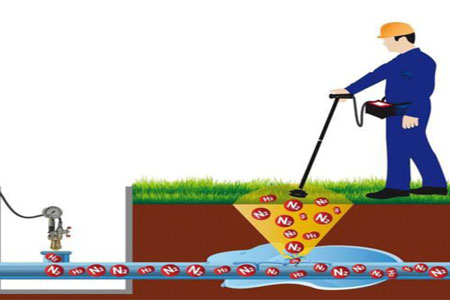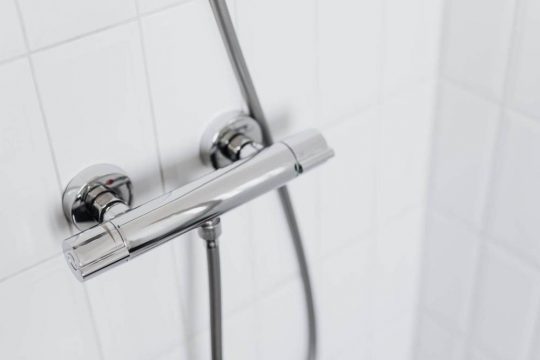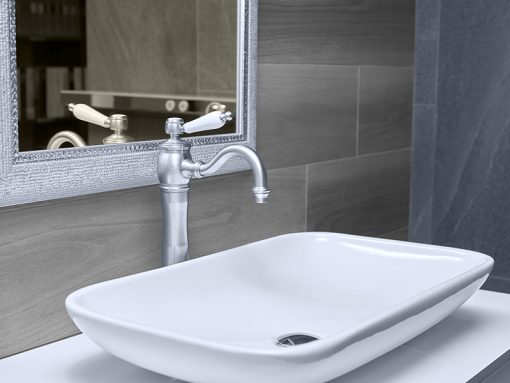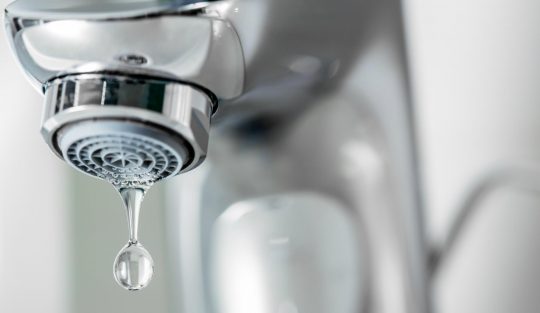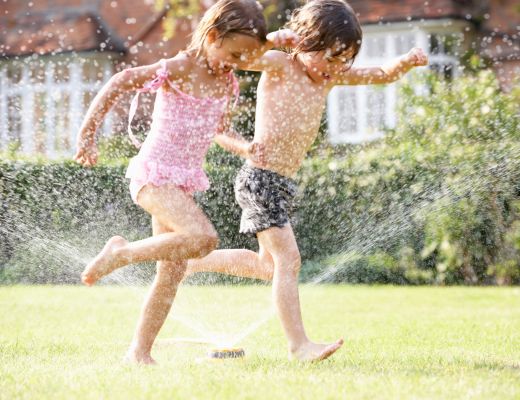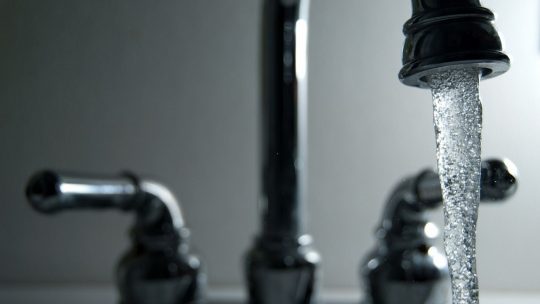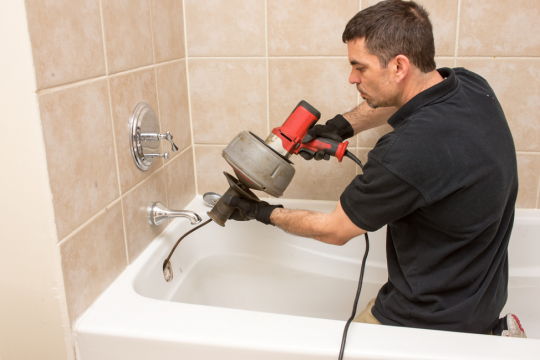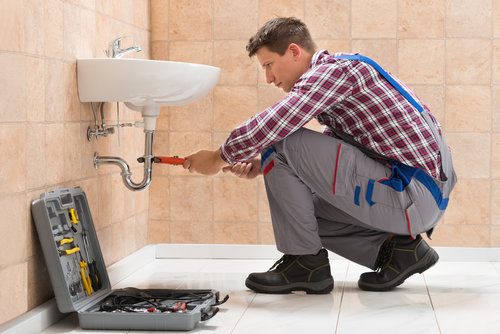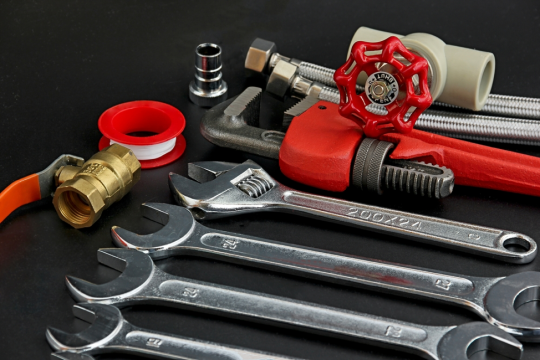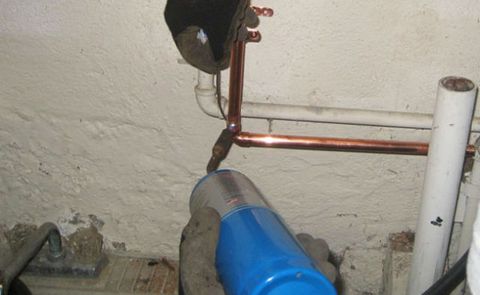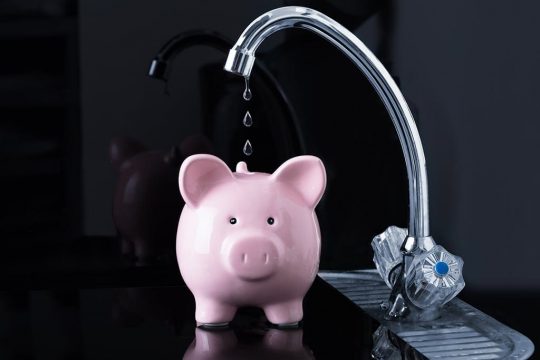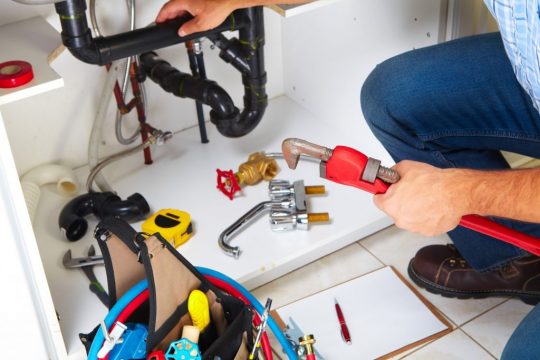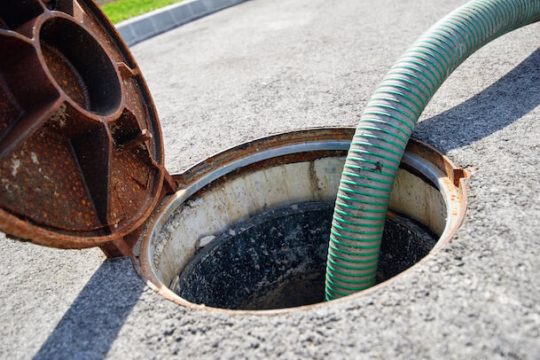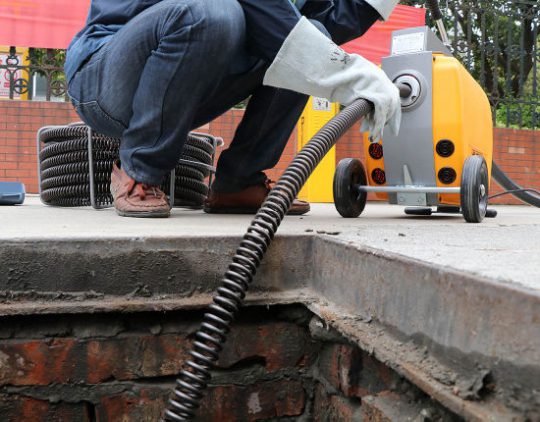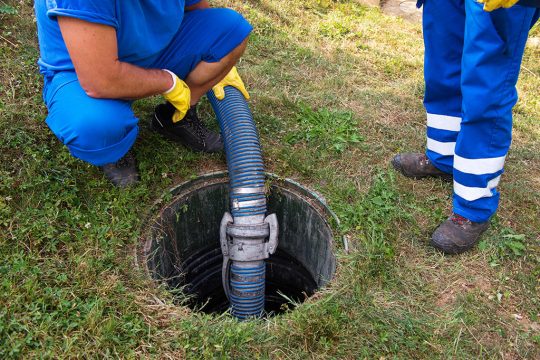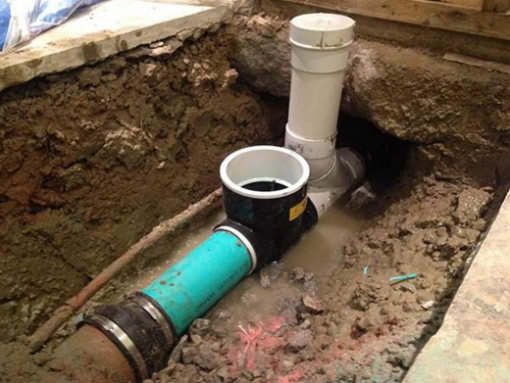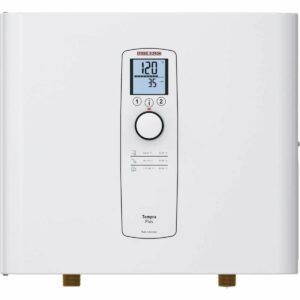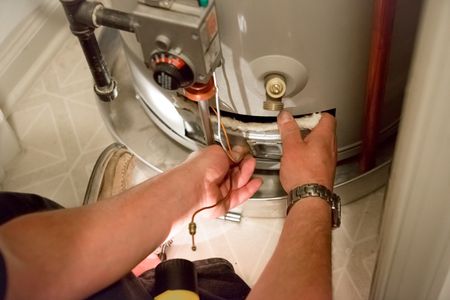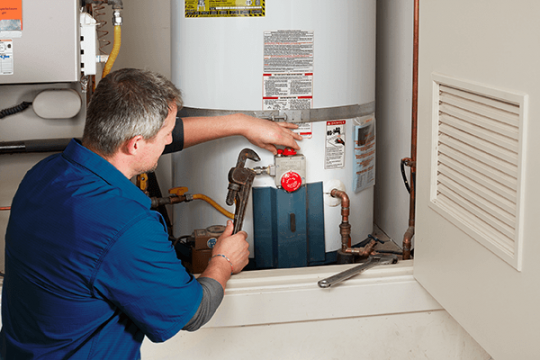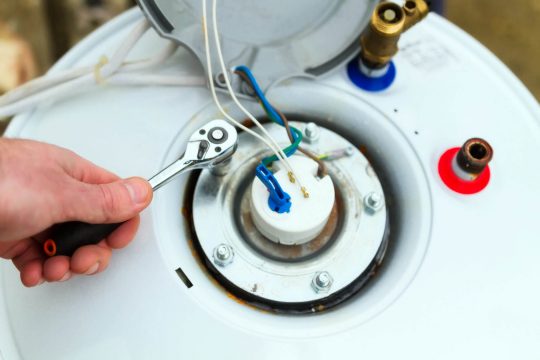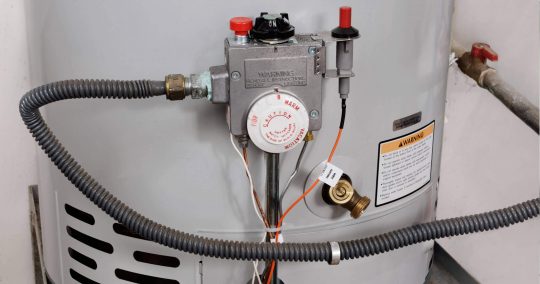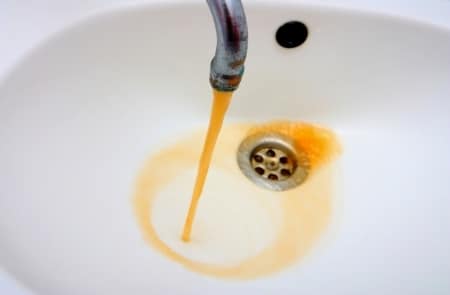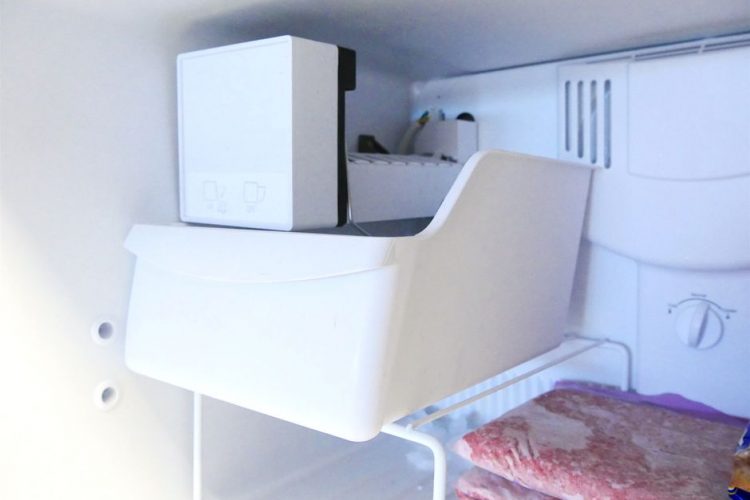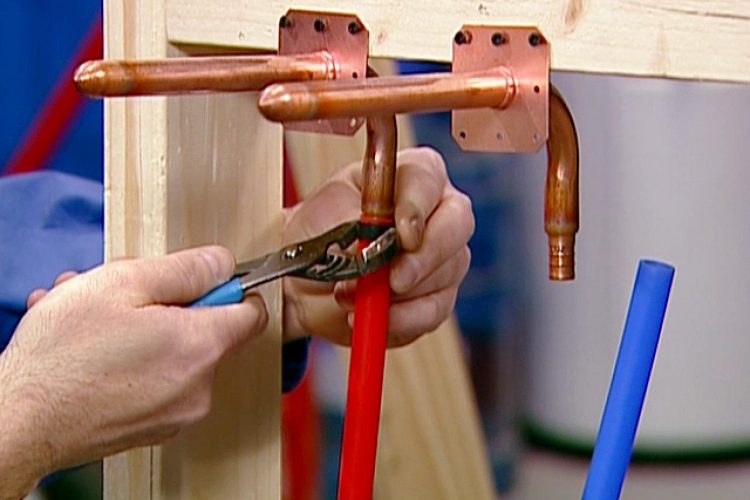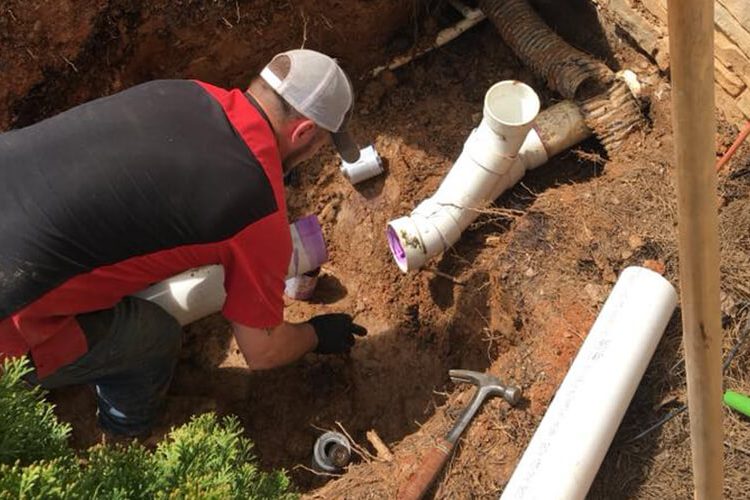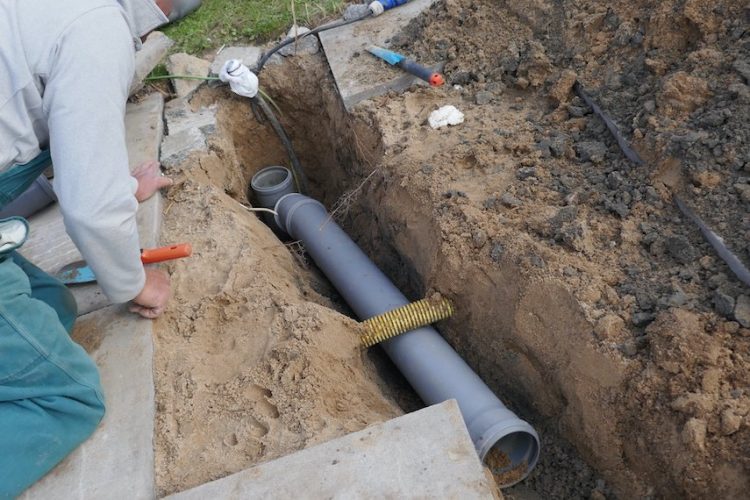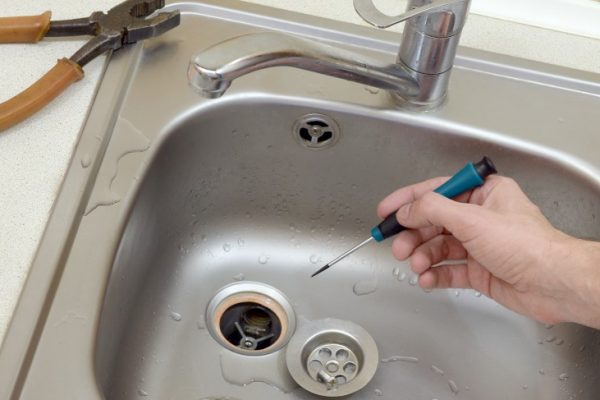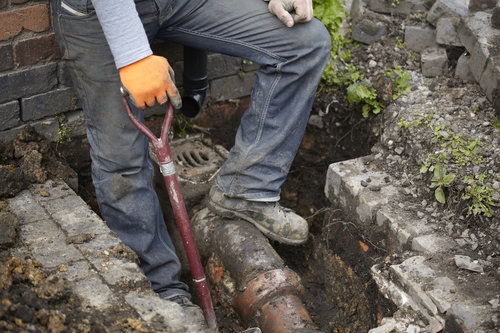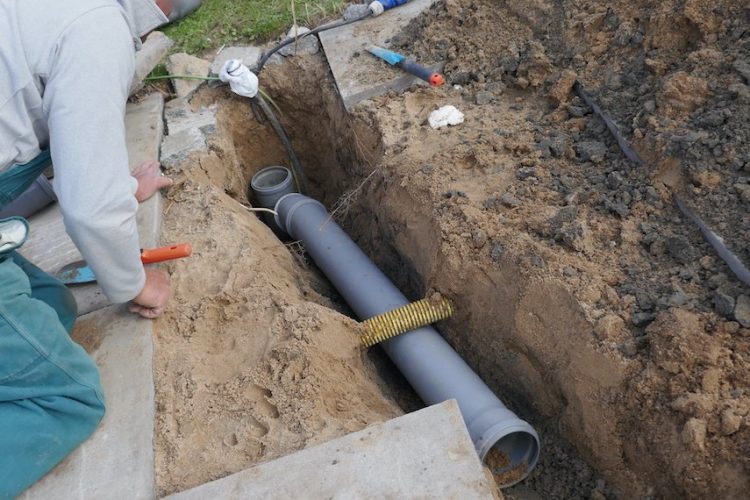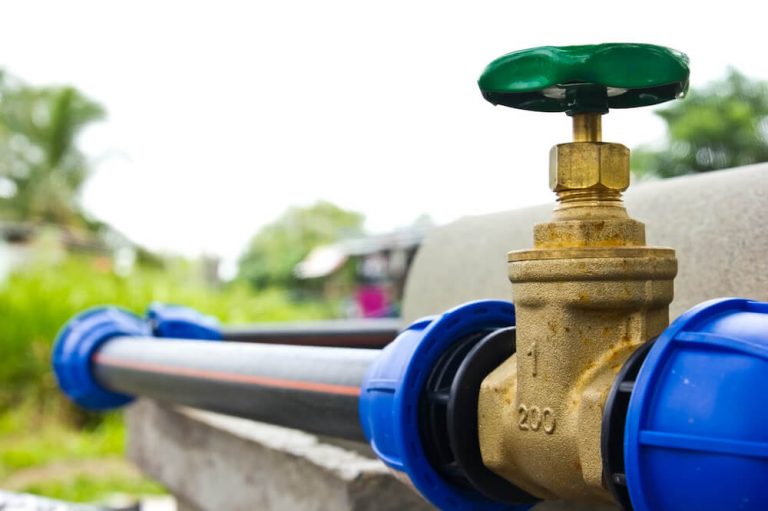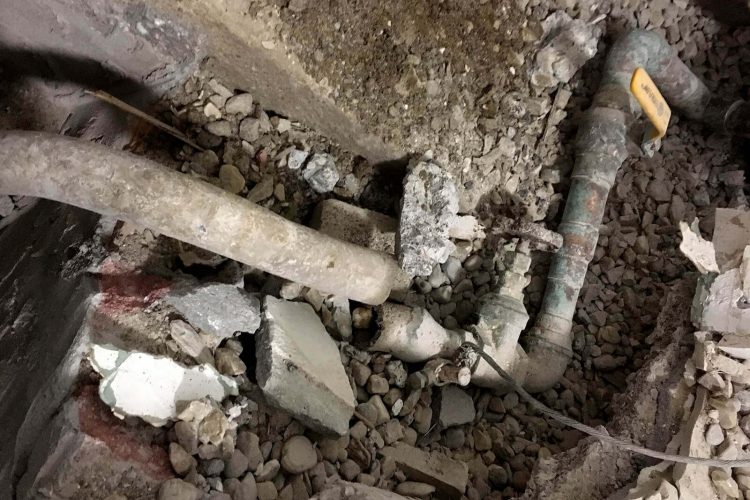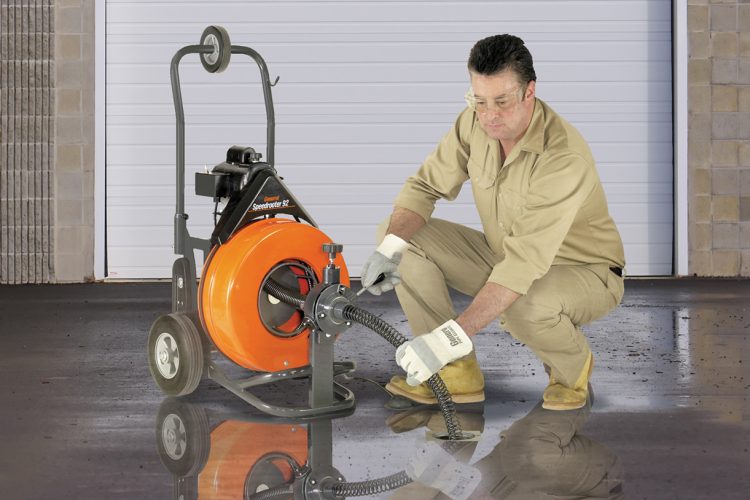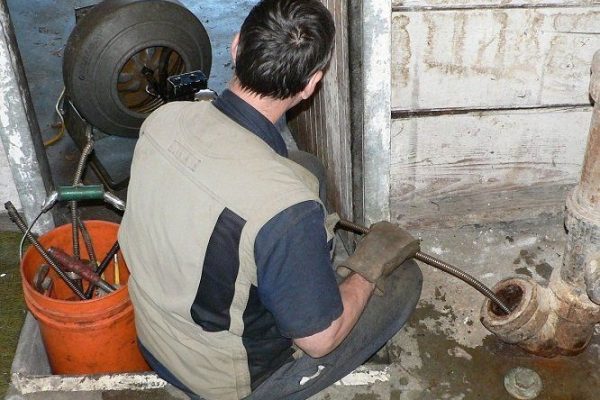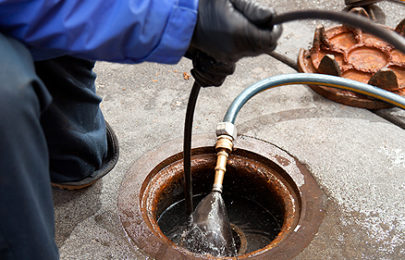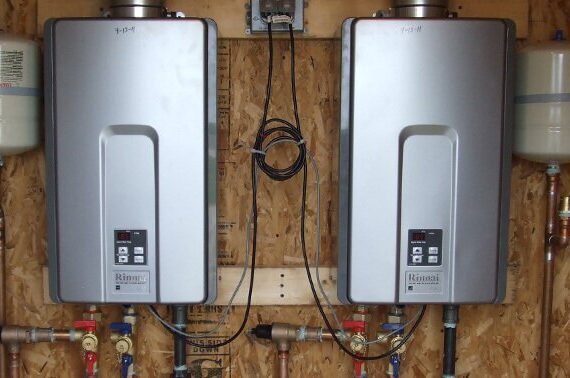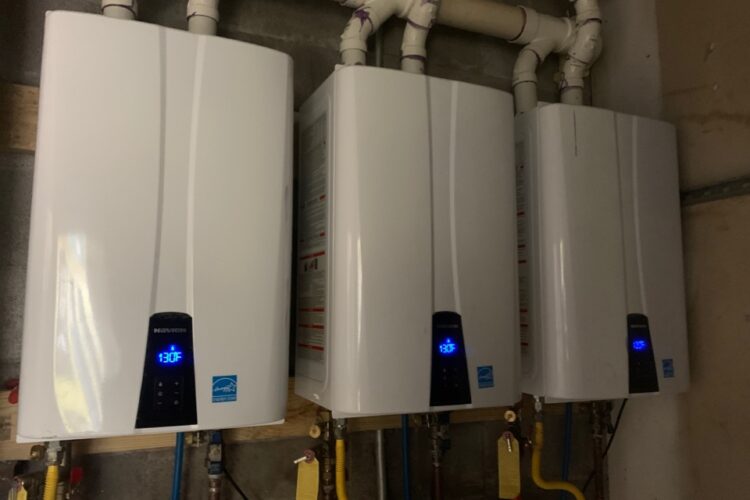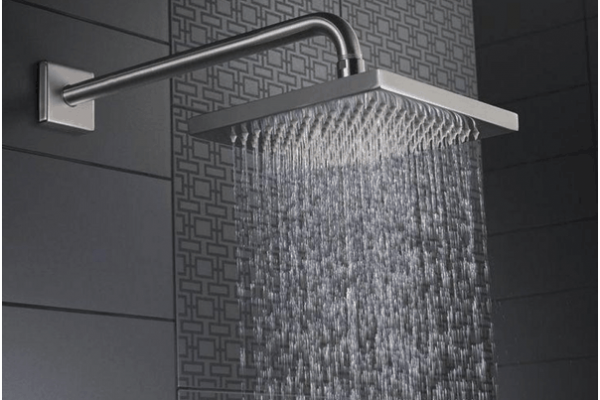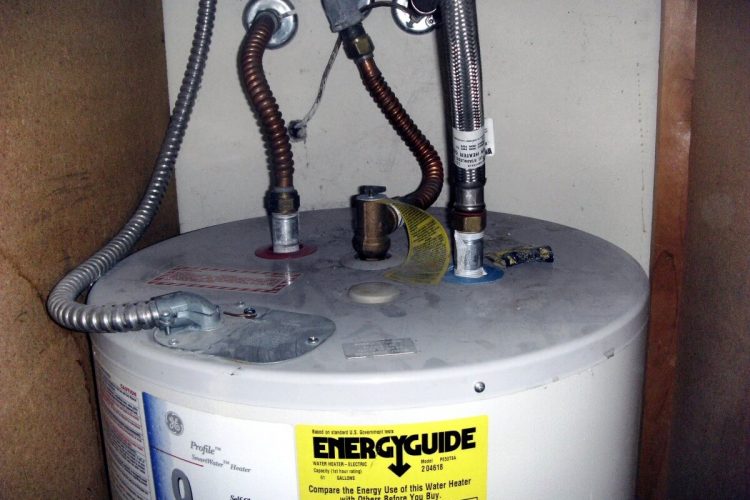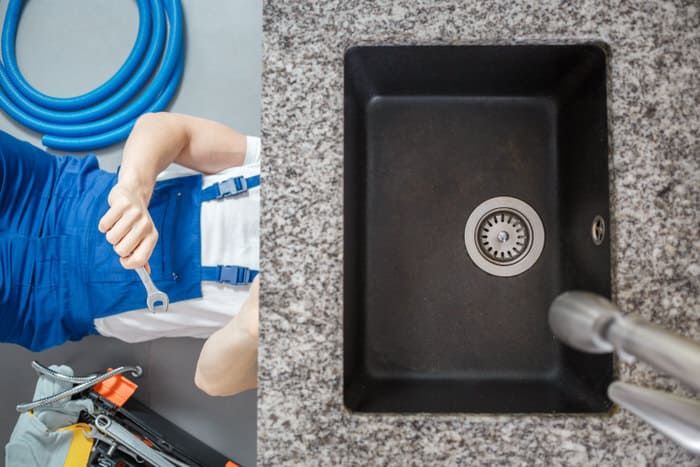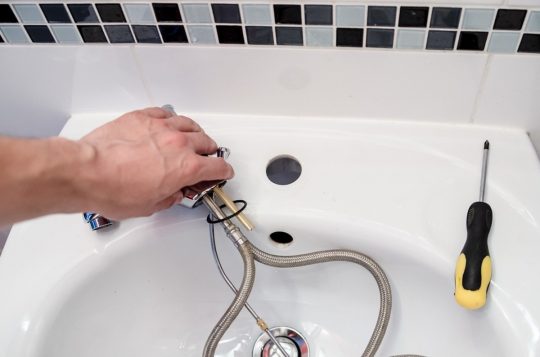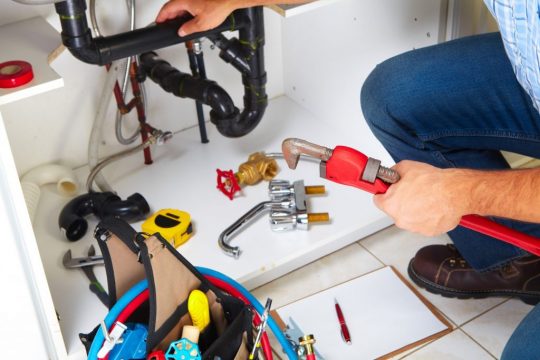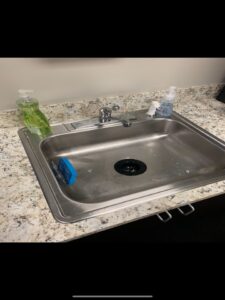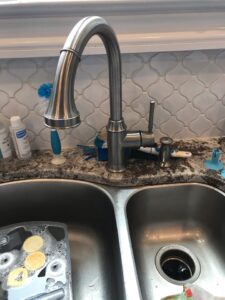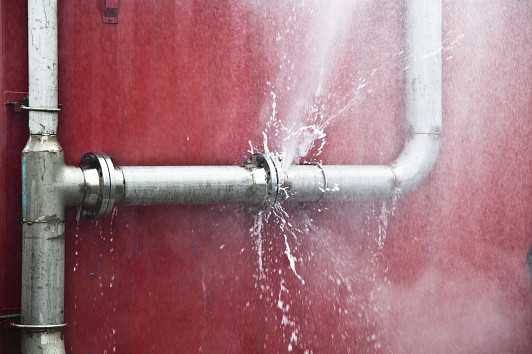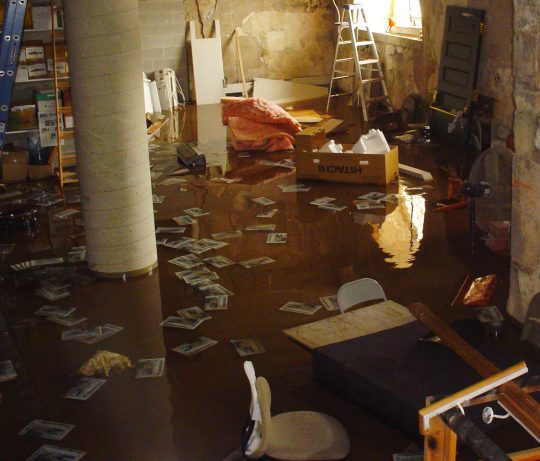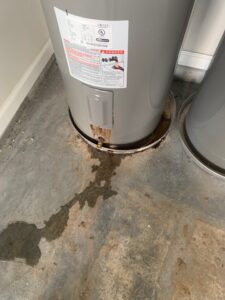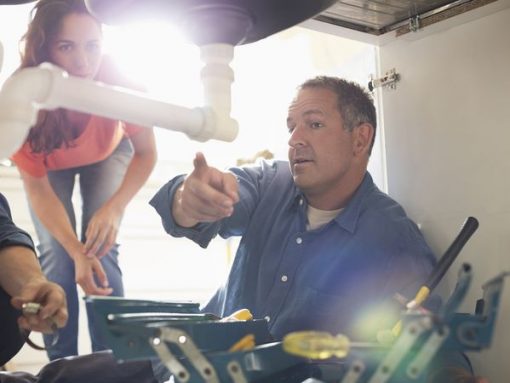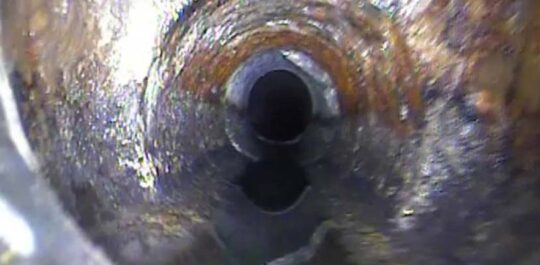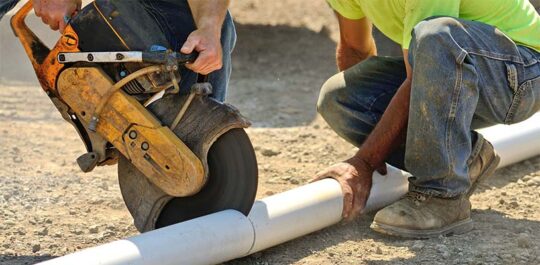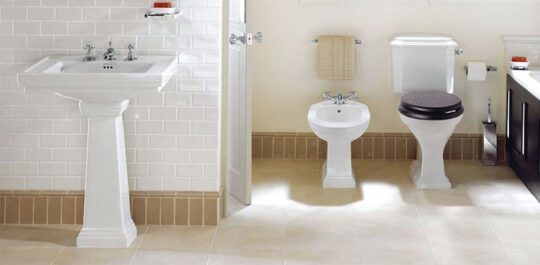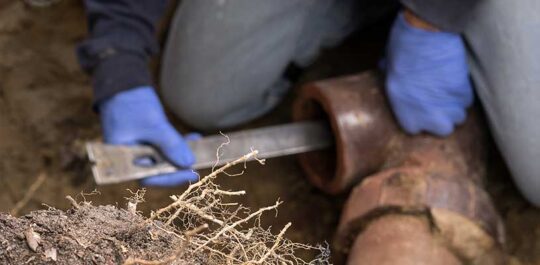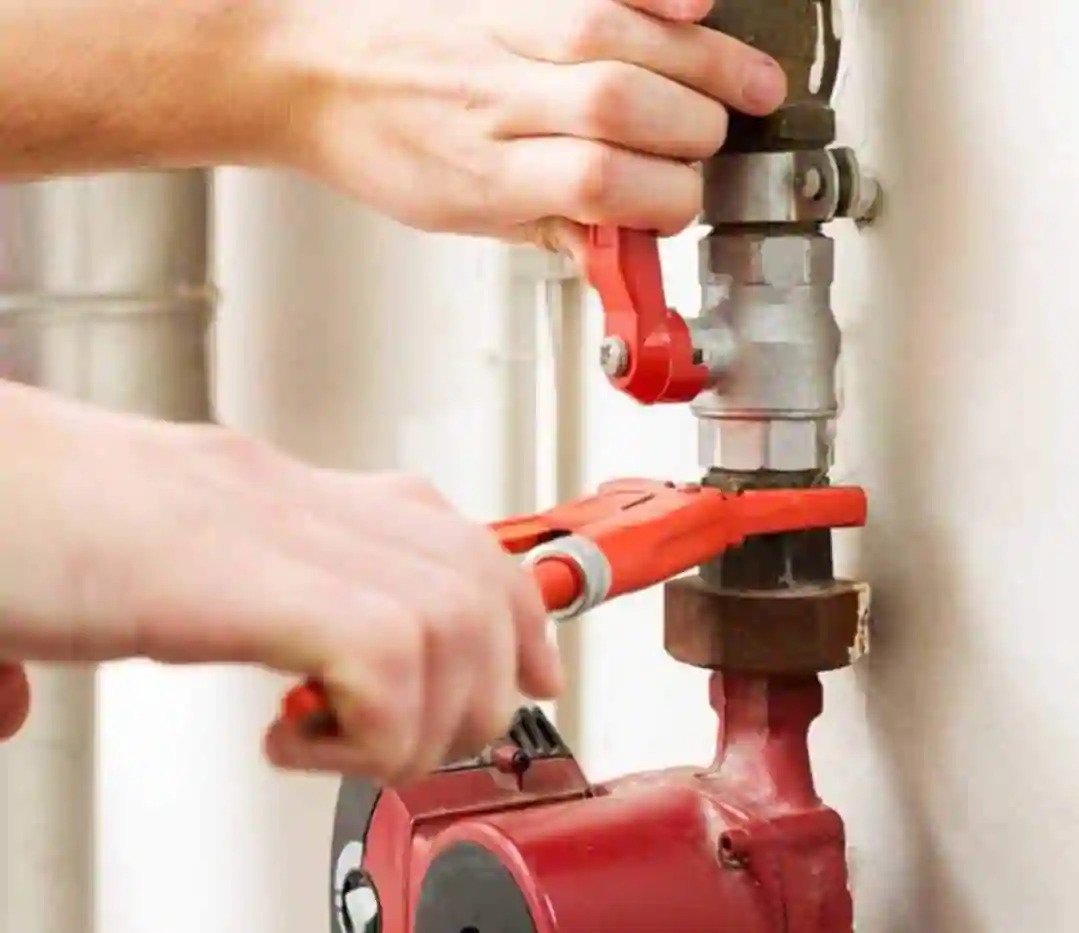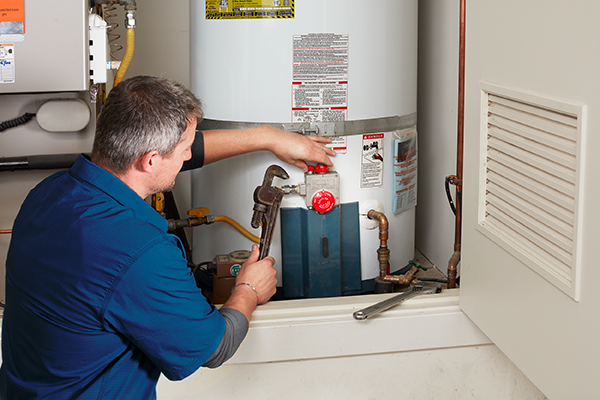Best Plumbing Tips of all Time
Out with the old, in with the new, that’s the theme at the start of every new year but nothing is different. Make a better plumbing experience part of your new year’s resolutions this year and save time, money and the environment with our master plumber’s plumbing tips. The challenge with being a homeowner is that a small, unnoticed plumbing problem can quickly turn into a plumbing emergency. That’s why it is important to always be vigilant and to carefully monitor every aspect of your plumbing system regularly. Great results come from regular maintenance and a proactive approach to your plumbing.
Top 10 Plumbing Tips of all Time
1. Dielectric unions are more… fitting
Many households use galvanic connections (copper and steel) with no plumbing tape or thread sealant to separate the two. This type of connection may work well for years, but suddenly start to corrode when the connection becomes tight. Instead, opt for dielectric unions to connect the fittings, using the steel and copper collars with isolation bushings to separate the steel and copper.
2. Prevent backflow
Ridgeway Mechanical plumbers always recommend backflow valves to our clients in order to prevent water from flowing in the opposite direction. We also recommend that, if you do a lot of yard work with your garden hose, that you install a vacuum breaker onto the hose bib.
3. Know your way around the plumbing system
A homeowner needn’t be a plumbing expert, but you should know where everything is, for example, your main shut-off valve, your water meter, your sewer, and your underground pipes. This knowledge will come in handy when you’re doing work around your home or when you run into a plumbing emergency.
4. Know your local plumbing code
Plumbing is a carefully regulated industry, with strict codes governing: who can do plumbing installations and repairs, the types of fittings and installations you can use, where fixtures can be placed in relation to other objects, and much more. If you’re a DIY expert, we recommend that you obtain a copy of the City’s plumbing code from the official website. Otherwise, speak to a professional plumber about it and be sure it’s done right.
5. Use professional-grade tools
Neat, well-functioning, water-tight joints require that you cut and fit it correctly. If you intend on doing your own plumbing repairs, invest in professional-grade tools, namely: reciprocating saw blades tubing cutters plastic pipe saw hacksaw blades. Be sure to remove any burrs left over from sewing before you glue or solder the pipes.
6. Seal it tight
If a joint is glued or soldered, it doesn’t require sealant, but any other type of connection needs sealing. Use professional plumbing tape or brushable sealant that is specially formulated for galvanized steel or threaded plastic.
7. Always do a leak test
Whenever you do DIY plumbing repairs, be sure to do a leak test before you close up the hole or pack away your tools. Be sure to run water through the newly repaired fixture and drain it to check if there are any leaks.
8. Keep chemicals out of your septic system
The septic system uses good bacteria to break down waste, and adding chemicals to the mix will kill the bacteria and stop it from doing what it is supposed to do. It may even cause the system to fail. Don’t add anything to your system, not chemicals, not enzymes, not sugar, and certainly no dead chickens! (yes, we’ve been asked about that…)
9. Be vigilant during cold spells
This winter saw, yet again, many homes with frozen pipes. Pay attention to the forecasts and take the necessary actions to prevent frozen pipes.
10. Perform regular maintenance
The key to a well-functioning plumbing system with few emergencies is regular maintenance. Check your home plumbing once a month for signs of leaks, clogged drains, and mold (especially in your basement). Rinse out all your drains with a mixture of bicarb and vinegar once every 3 months, and call Ridgeway Mechanical for a professional plumbing inspection during late summer, before you start winterizing again.

